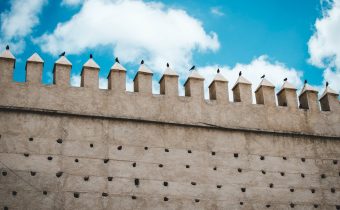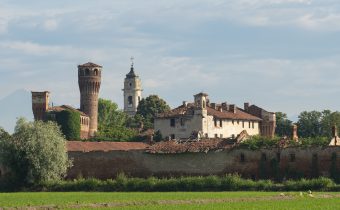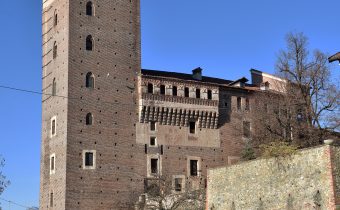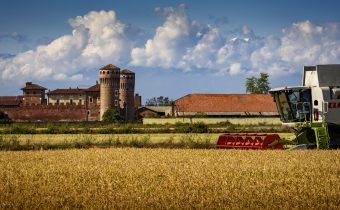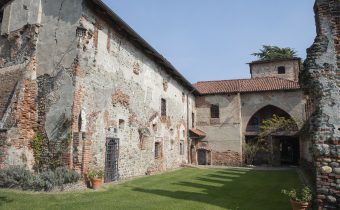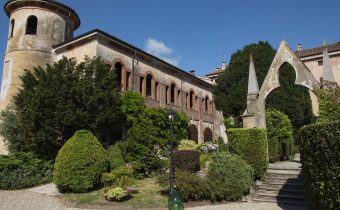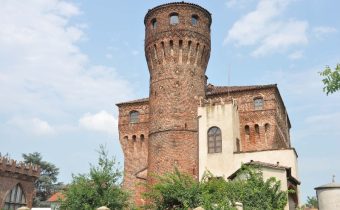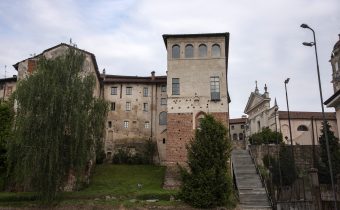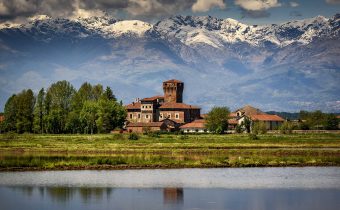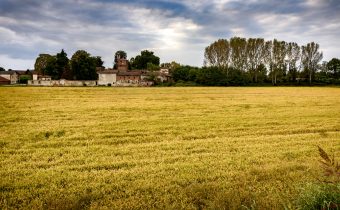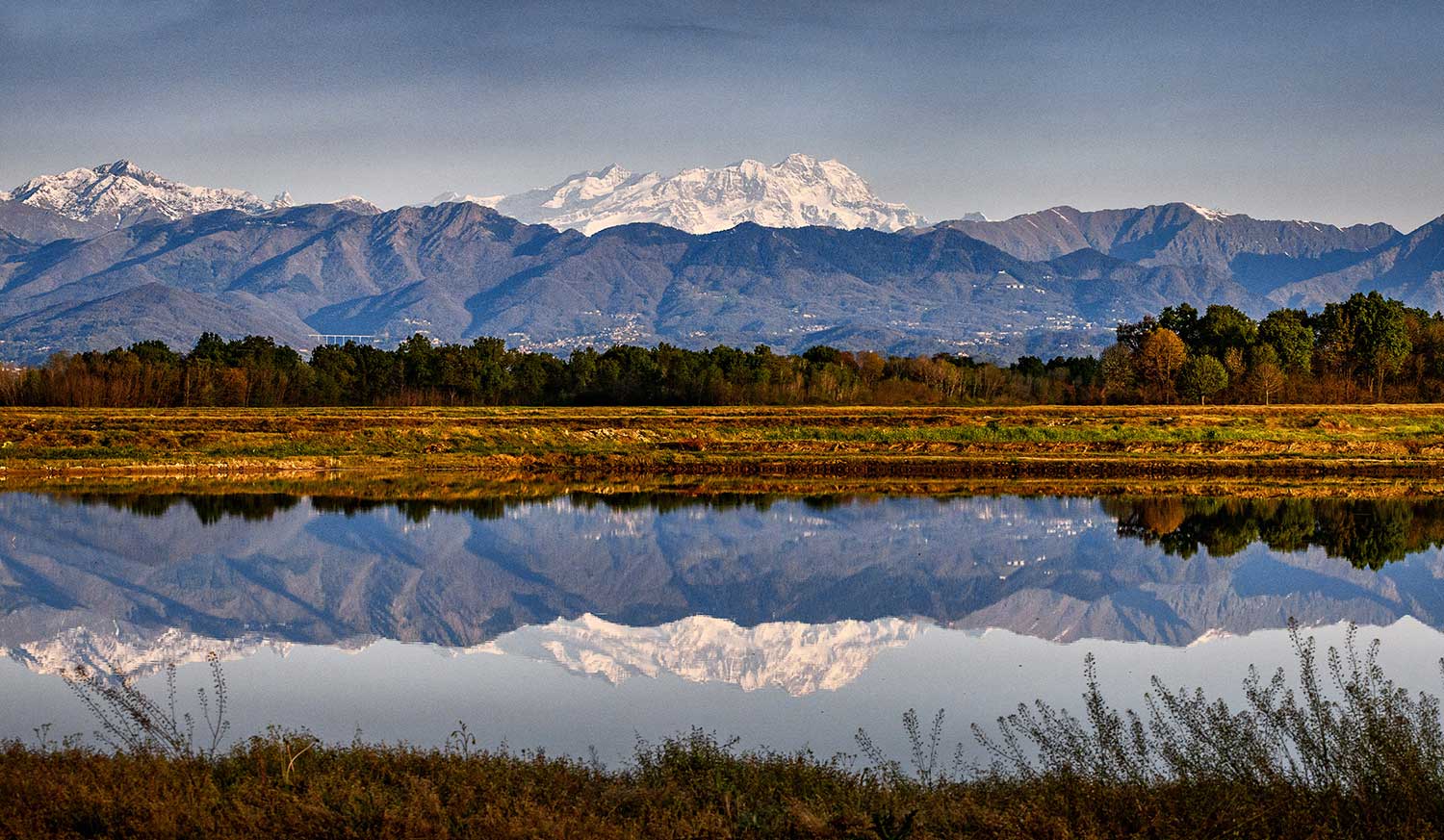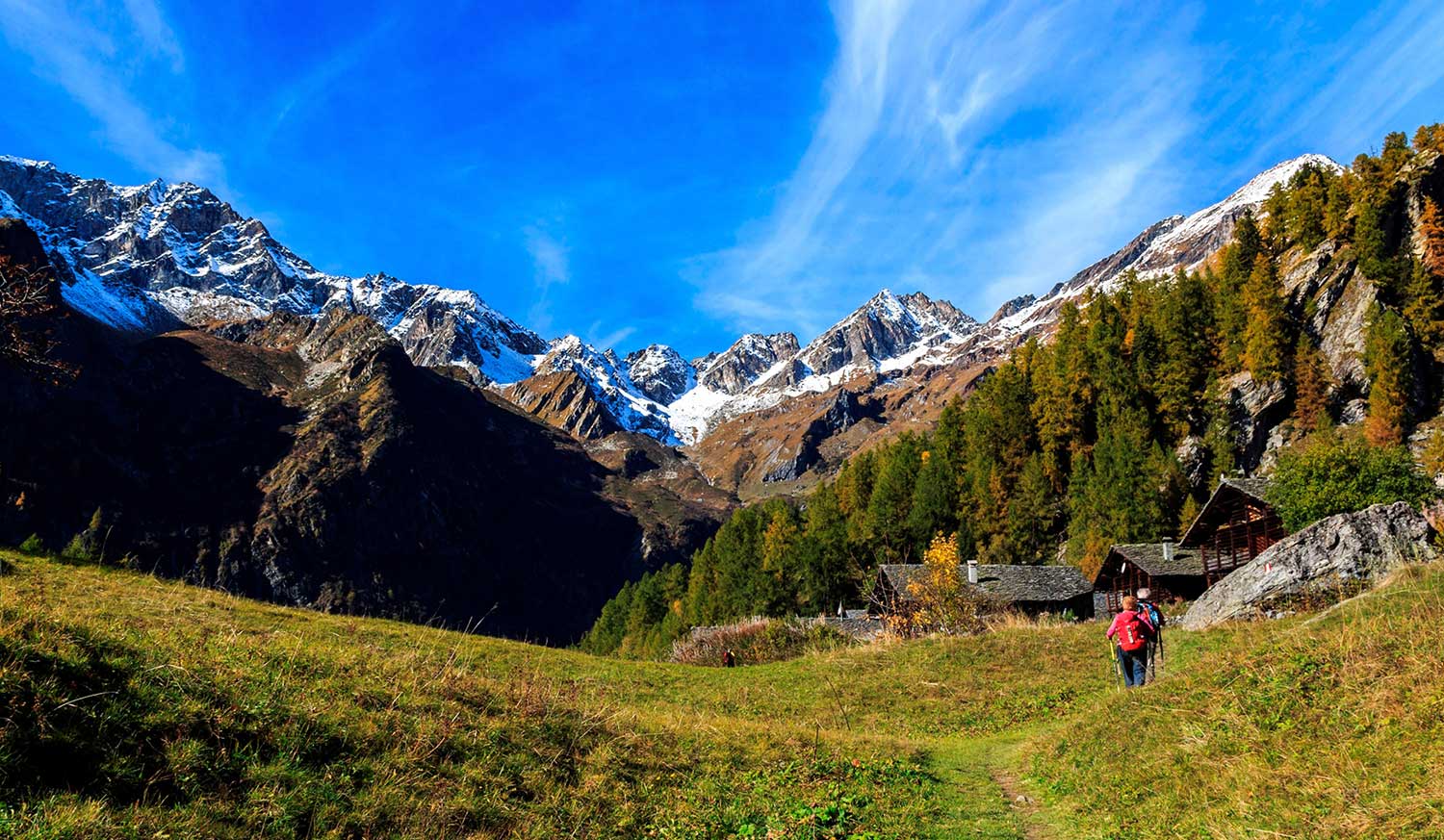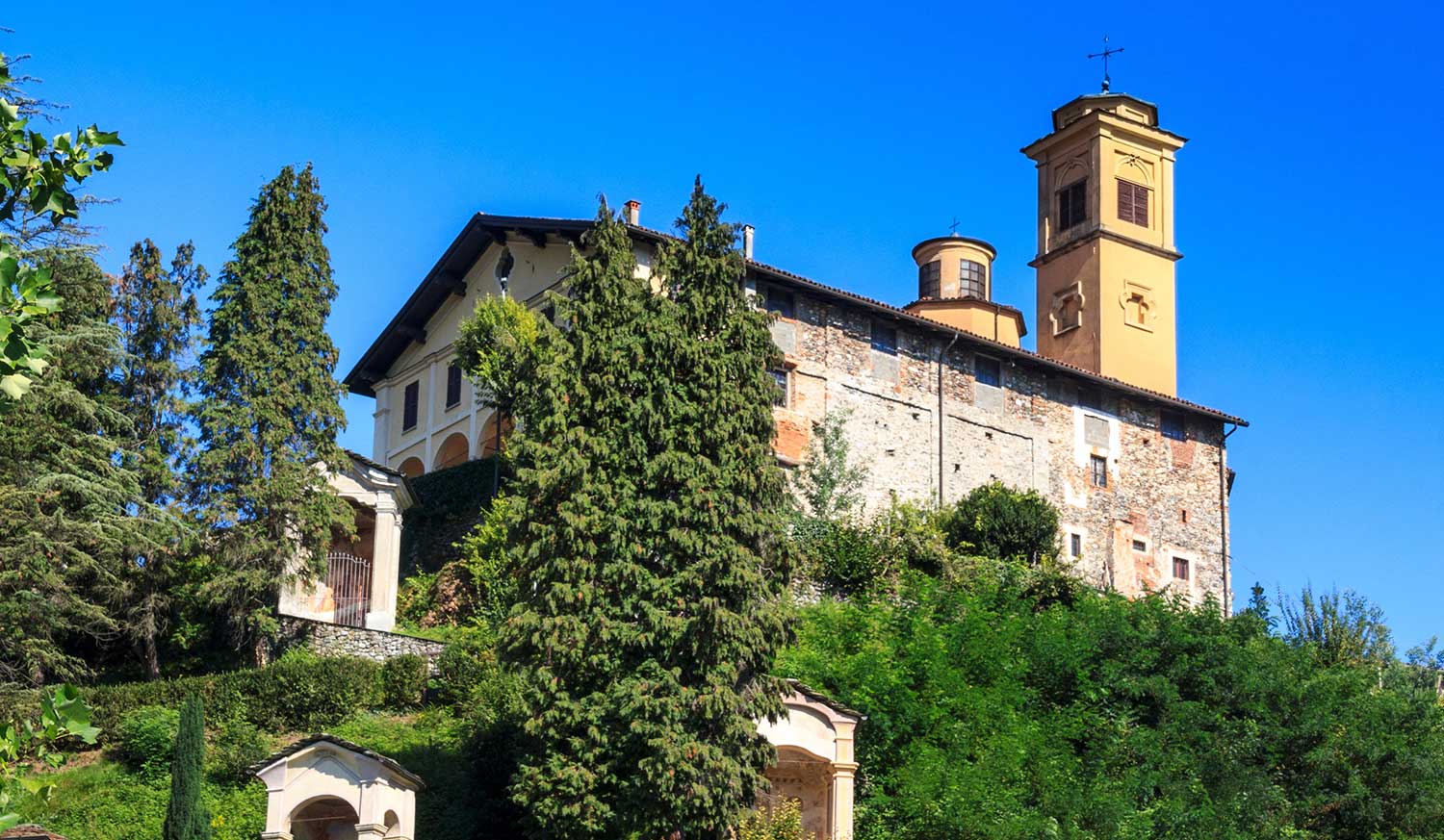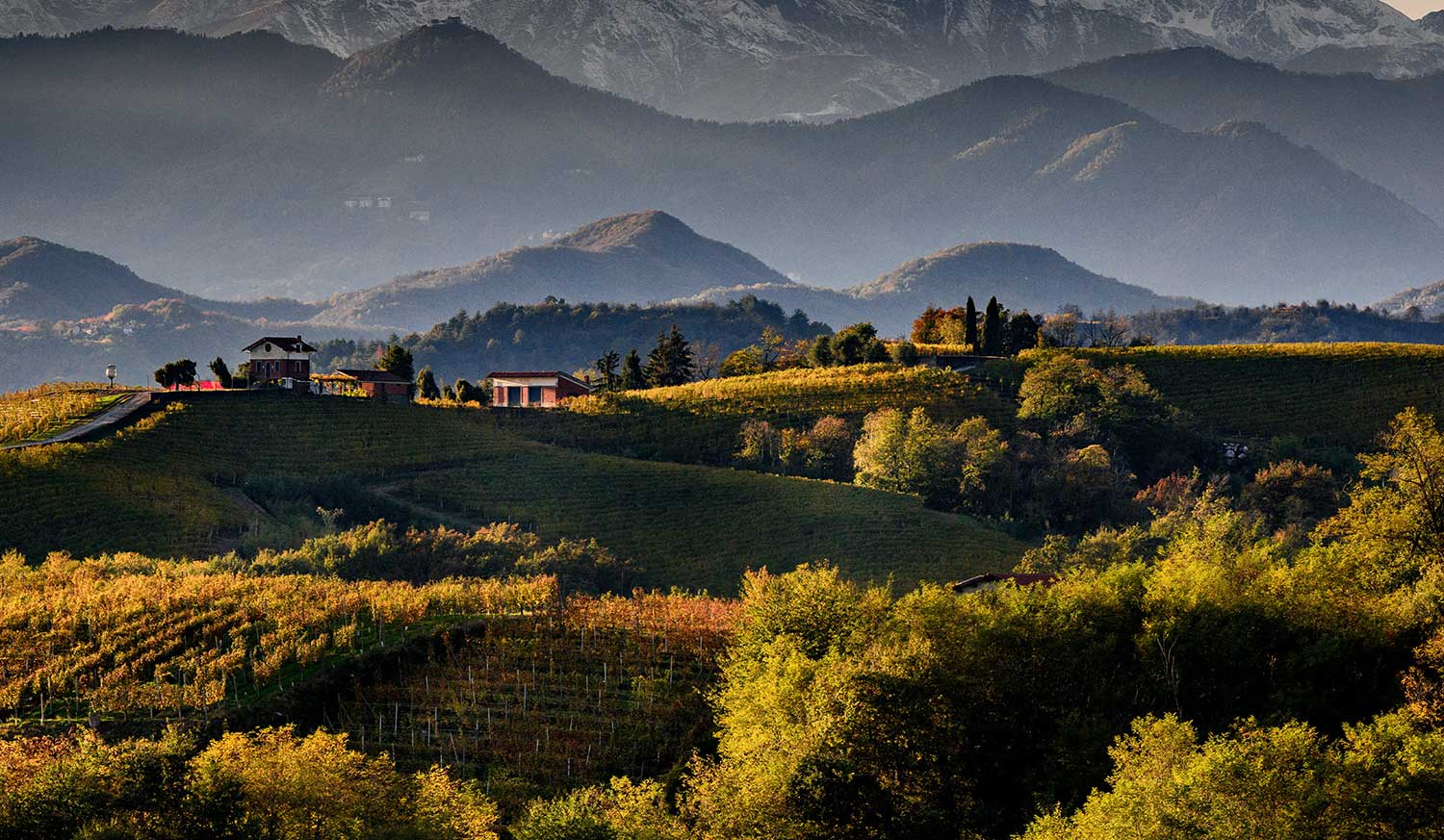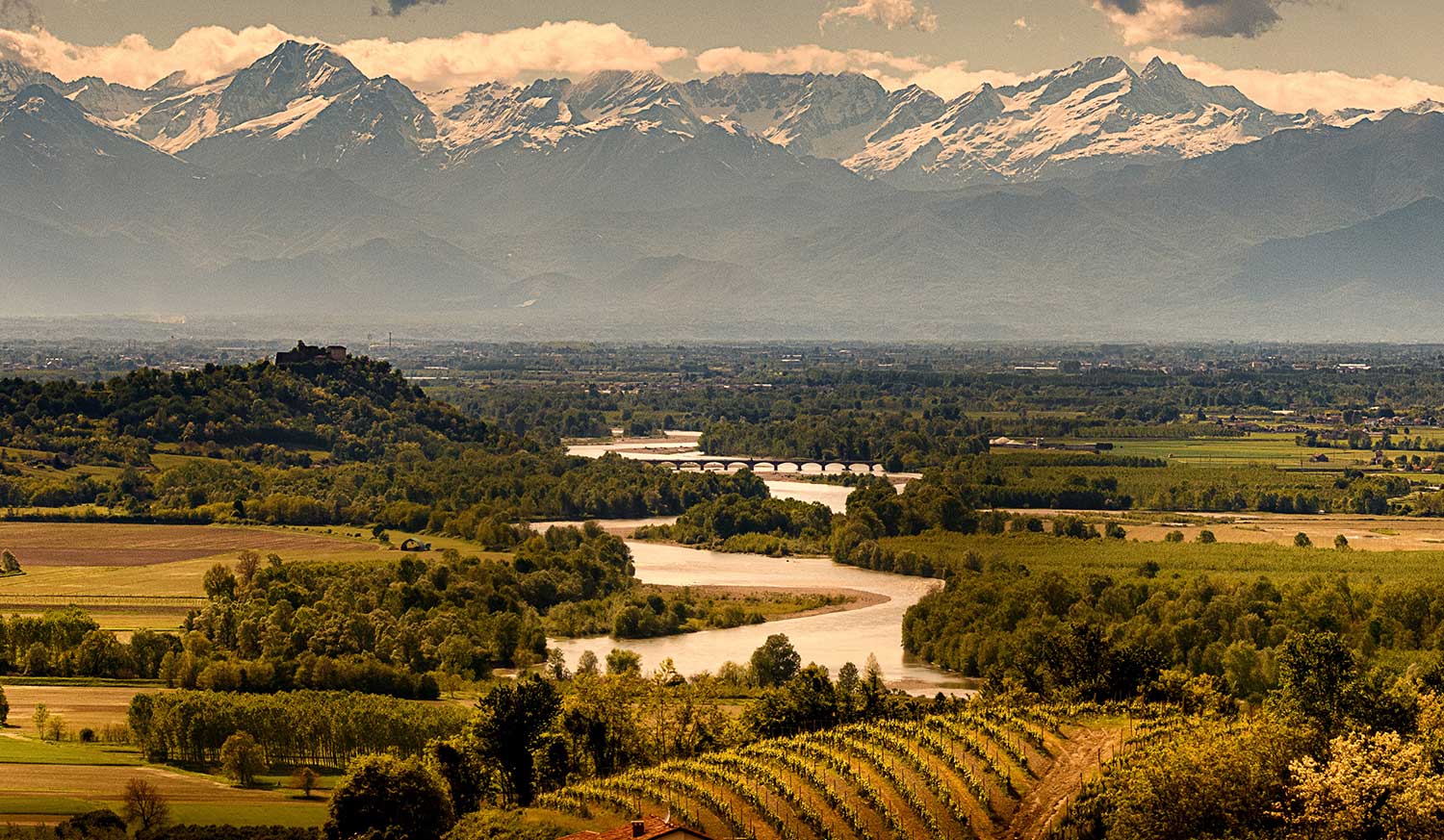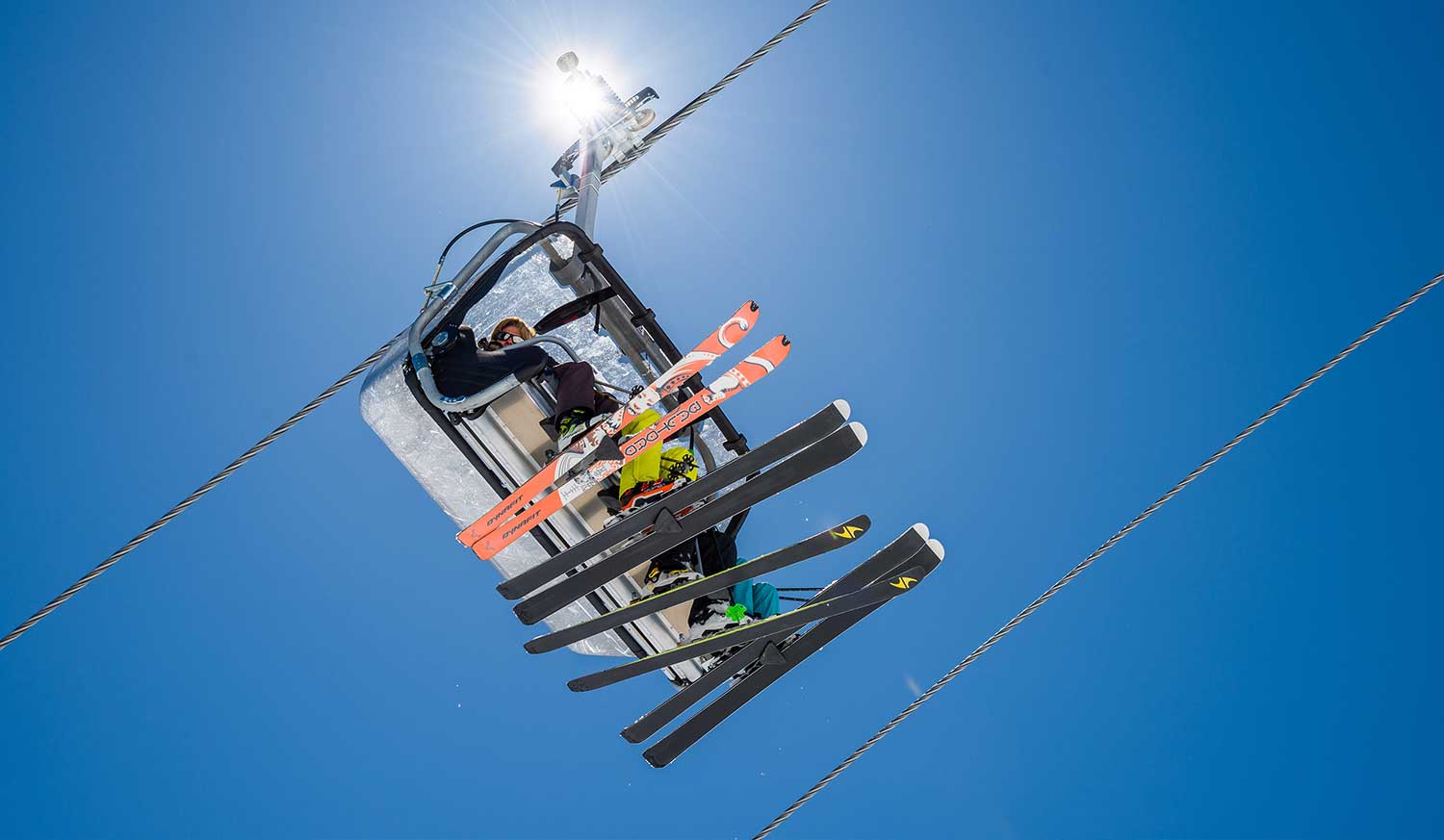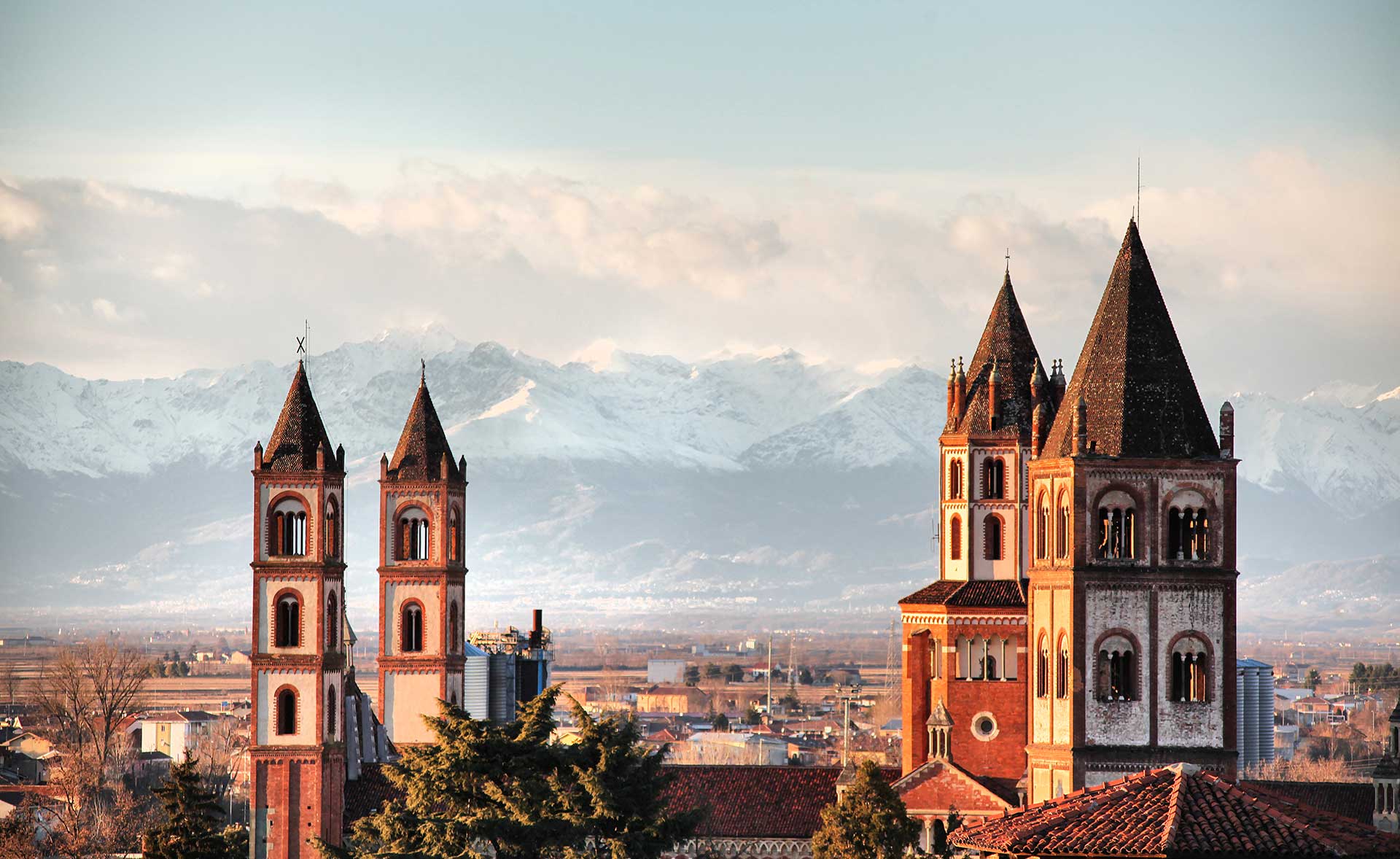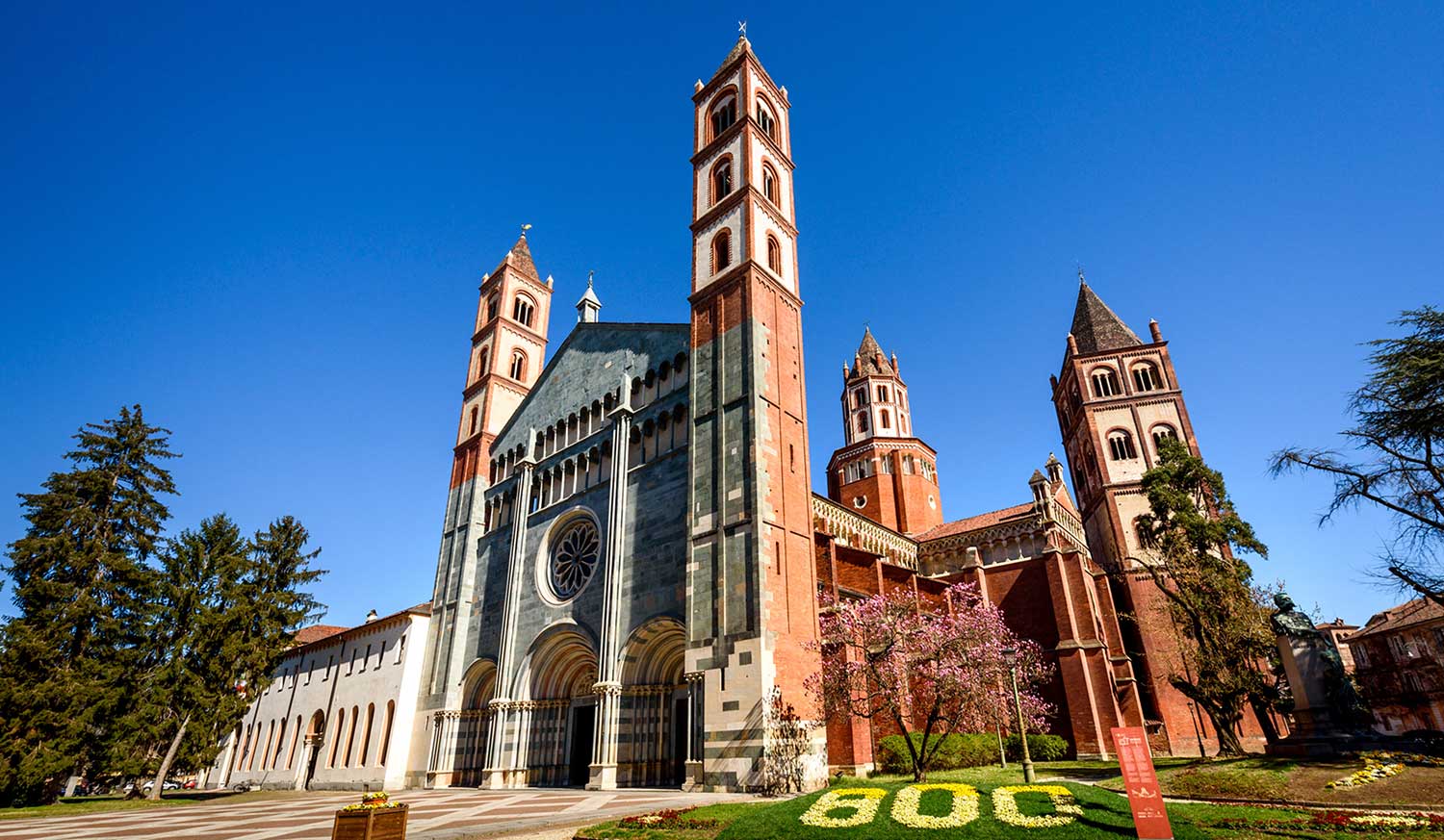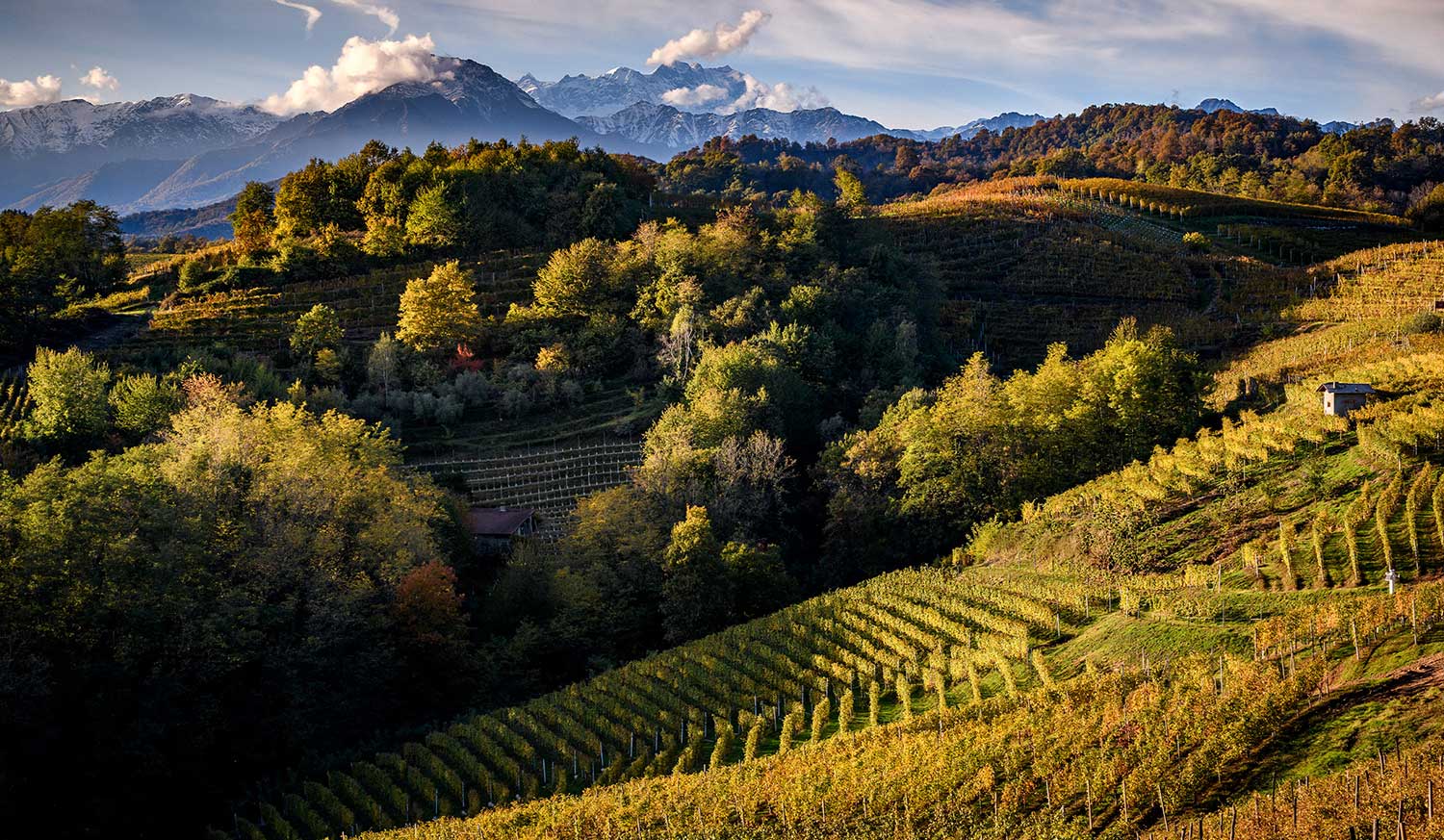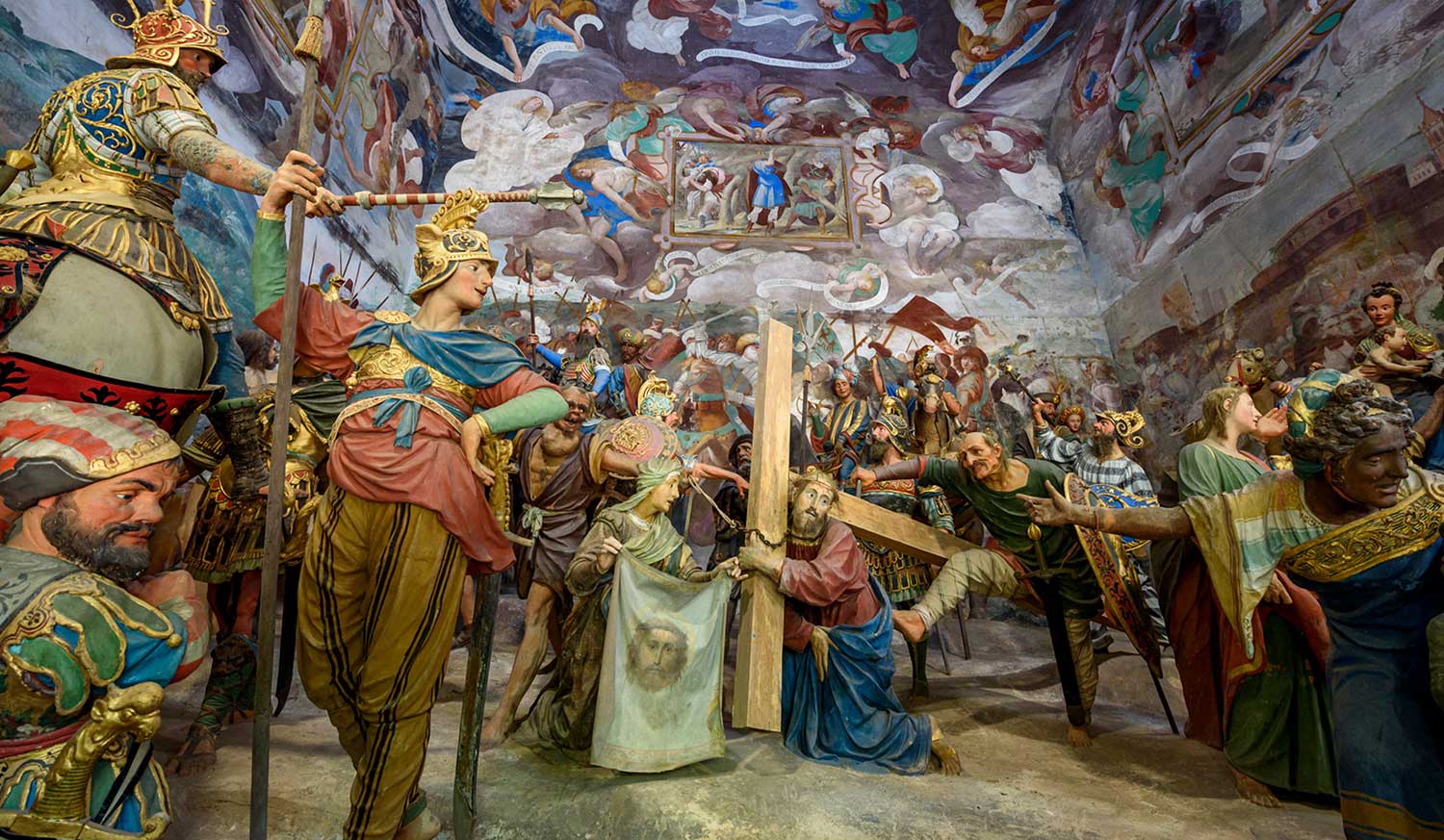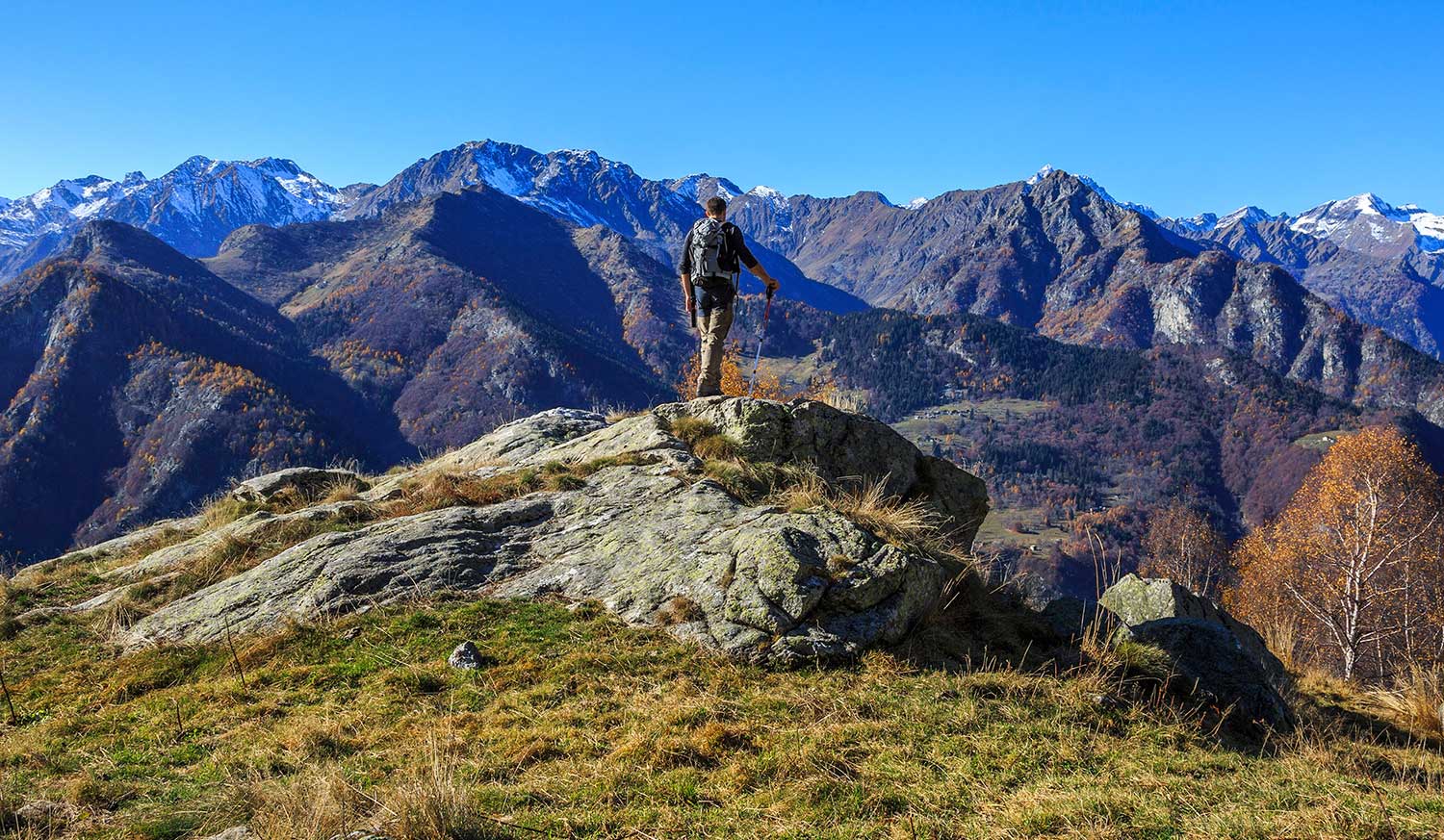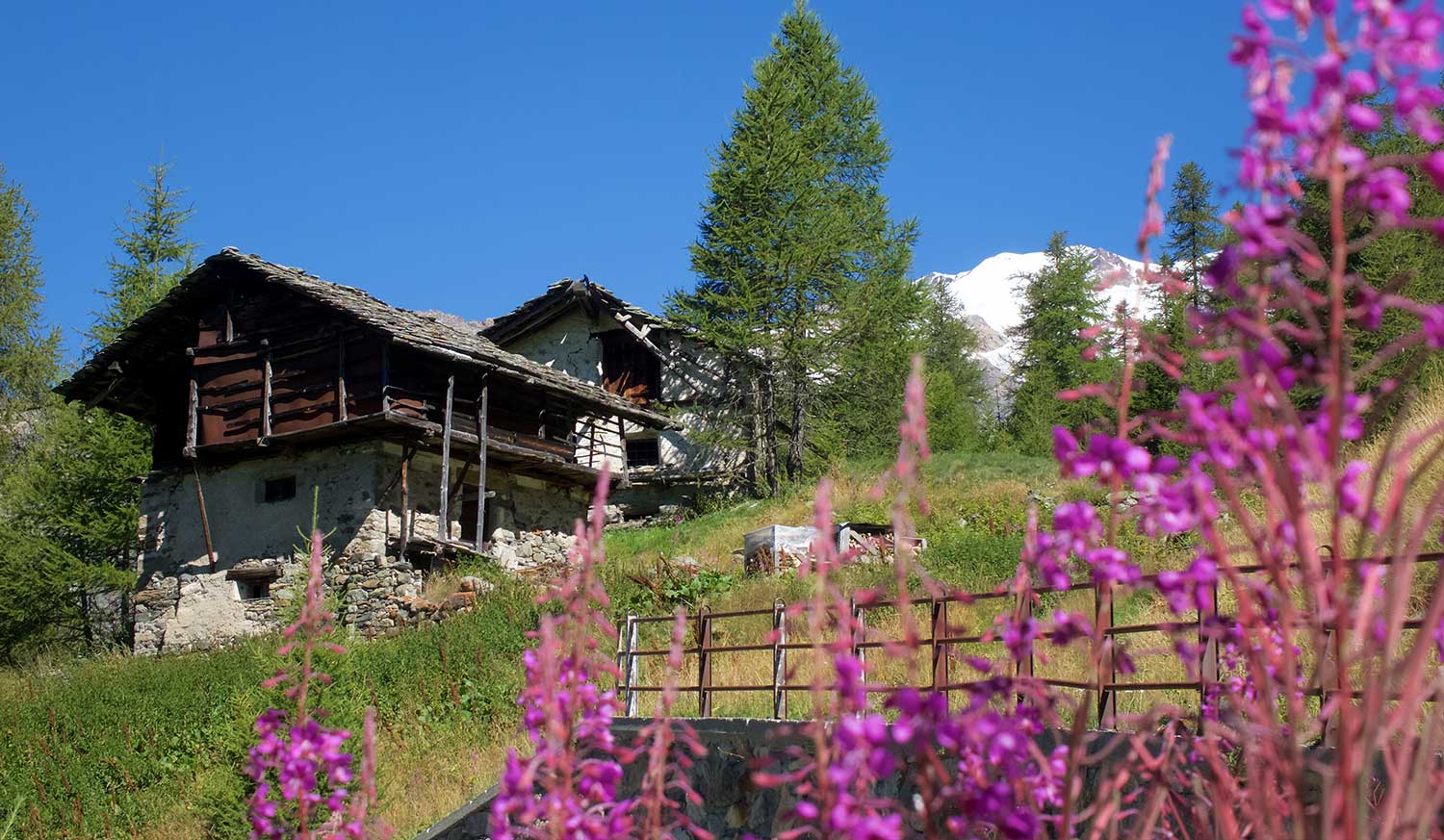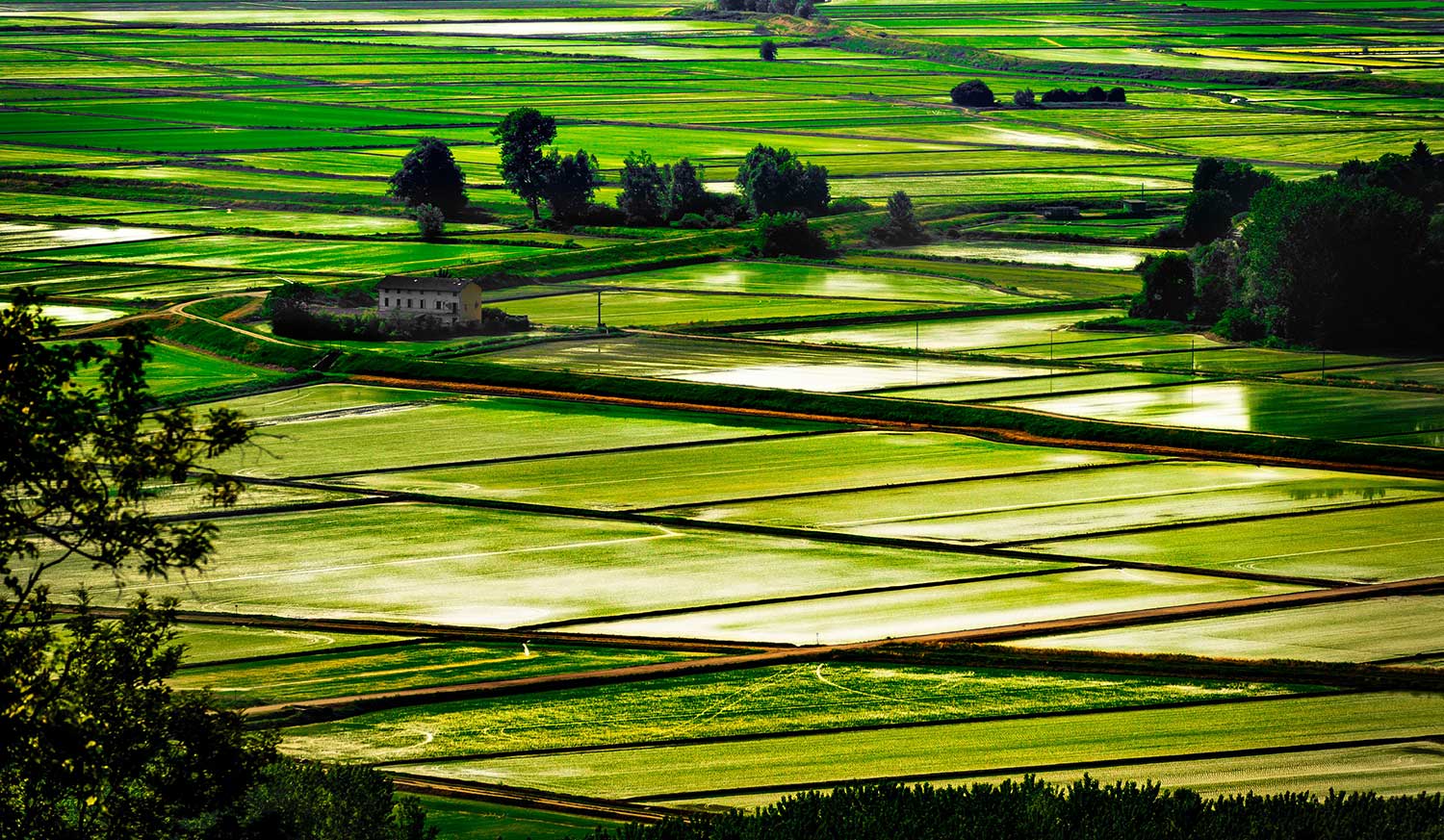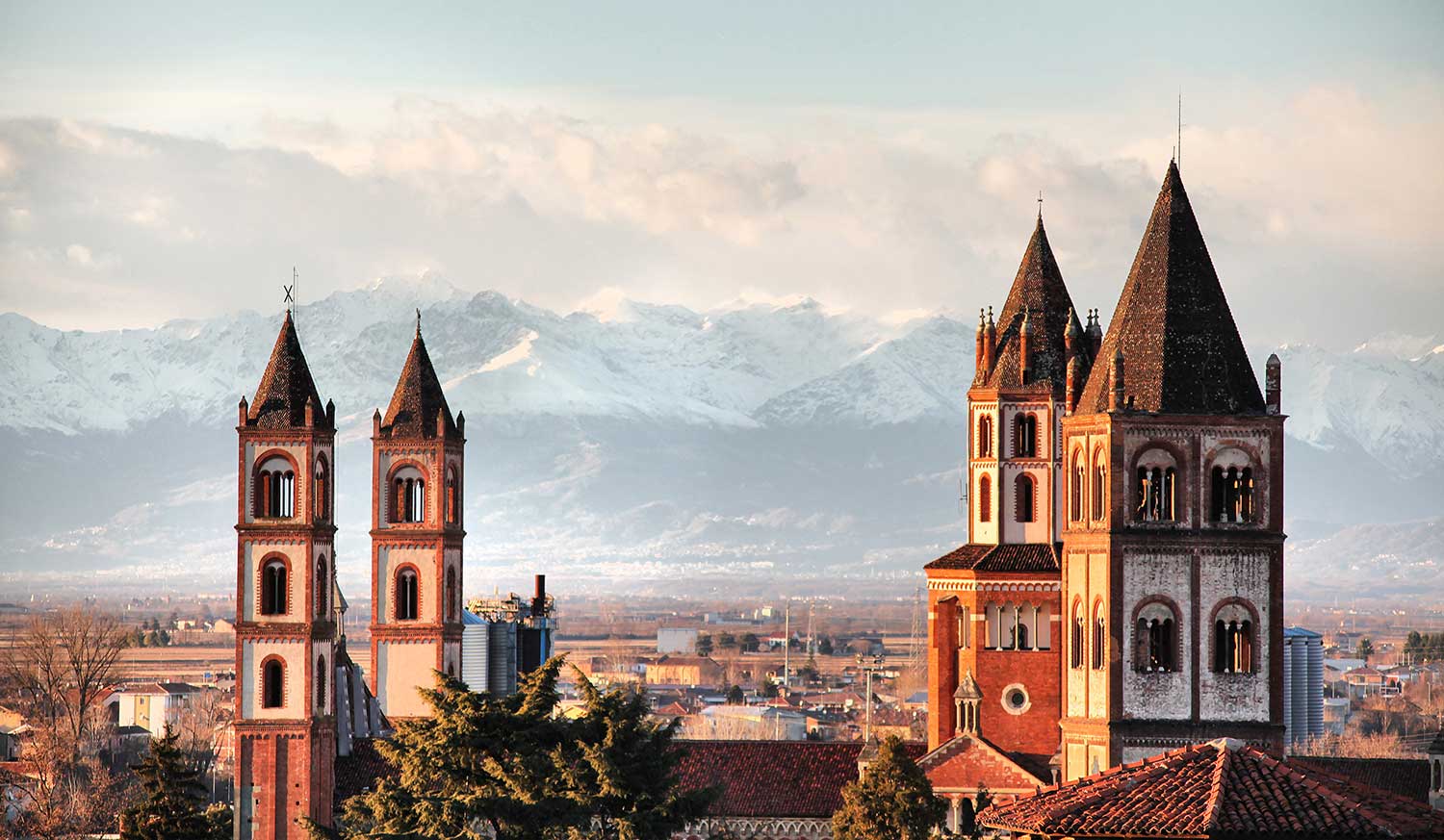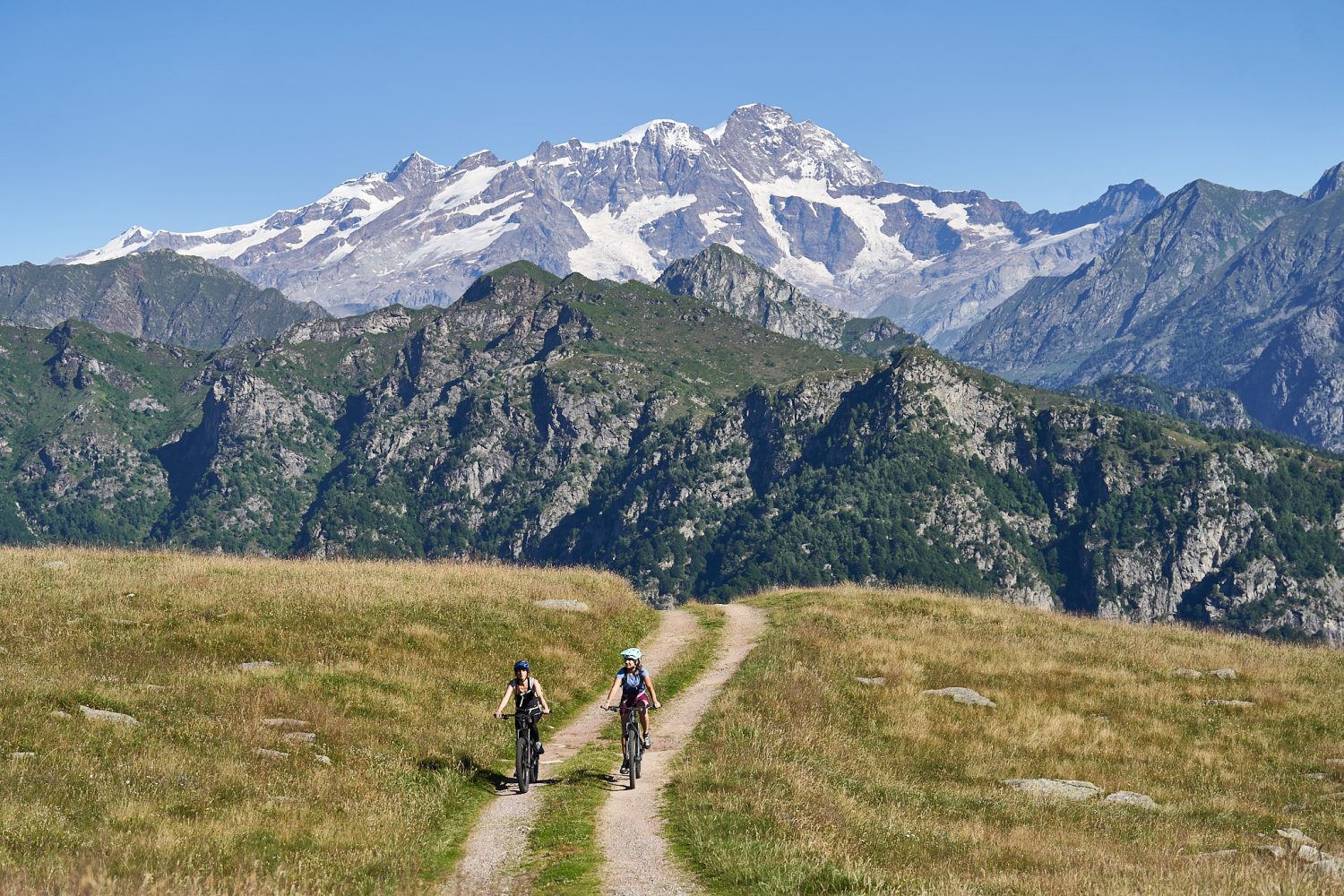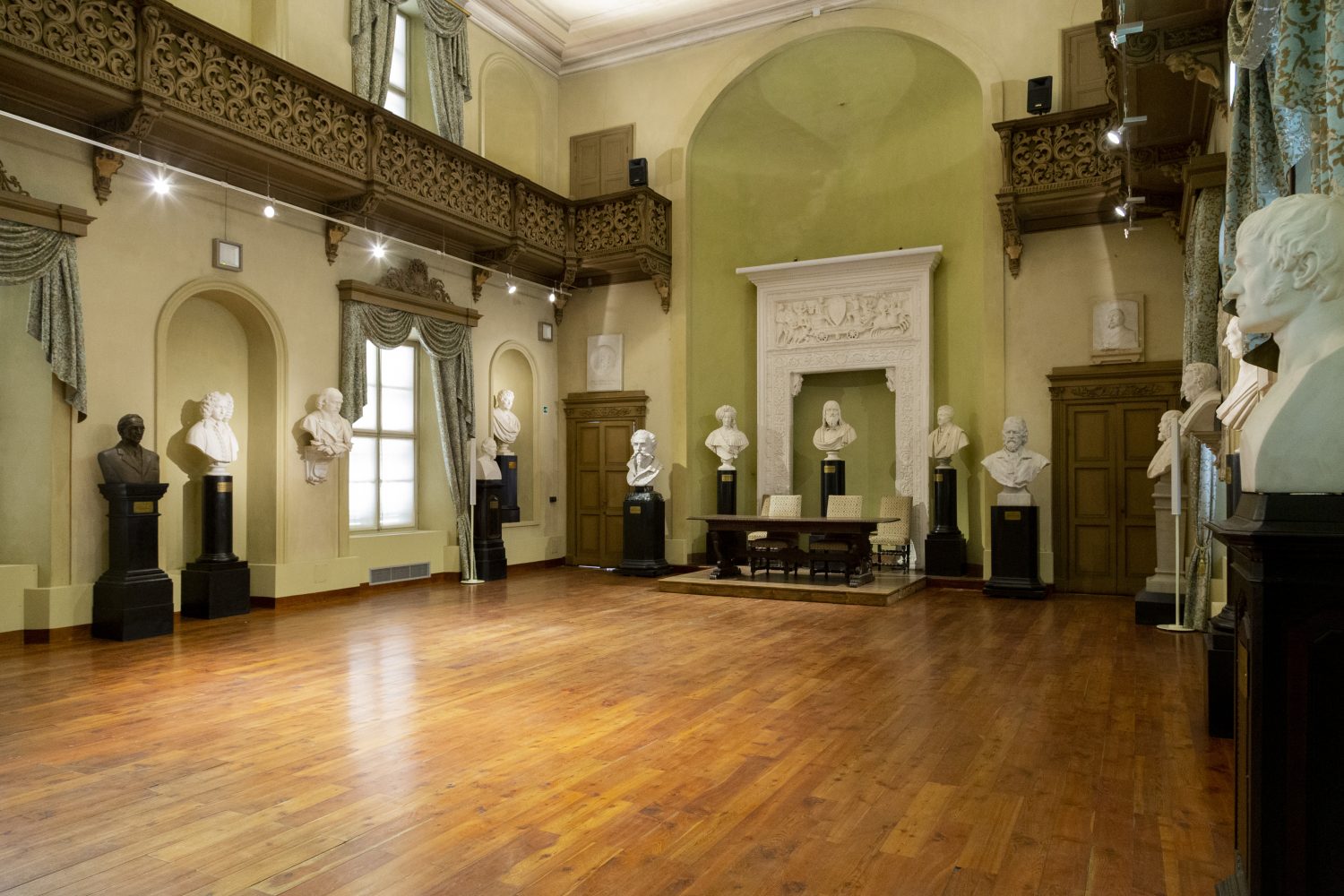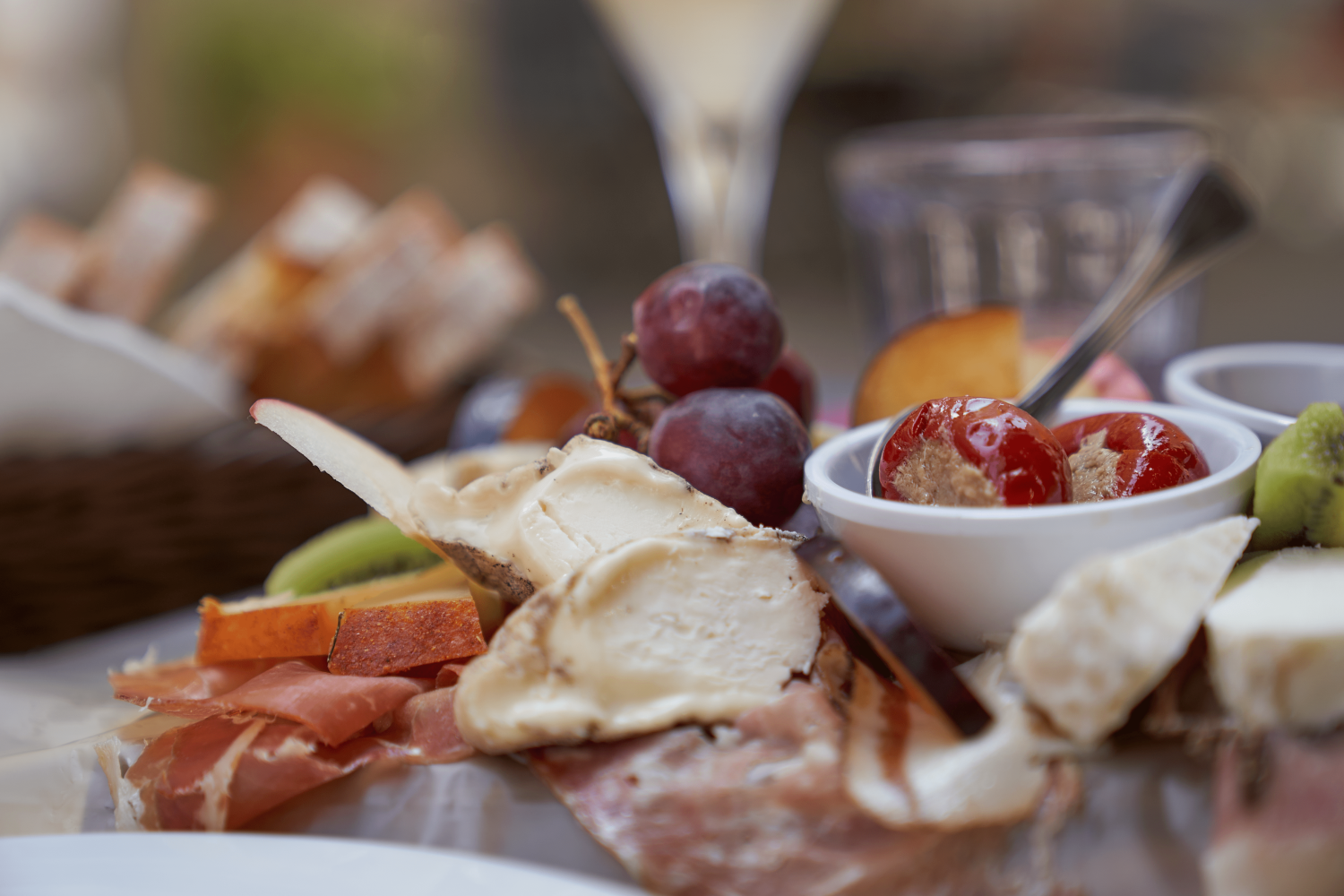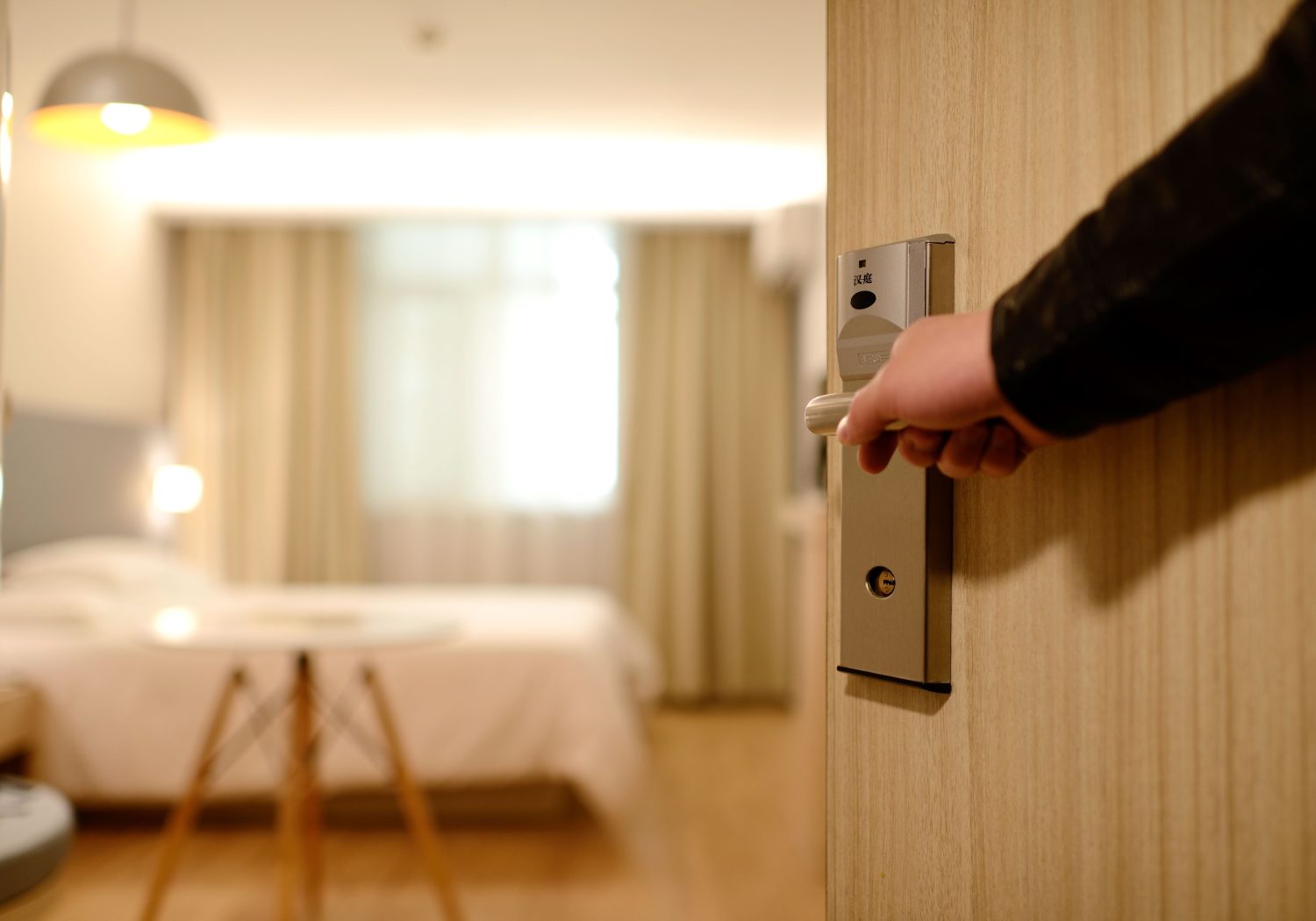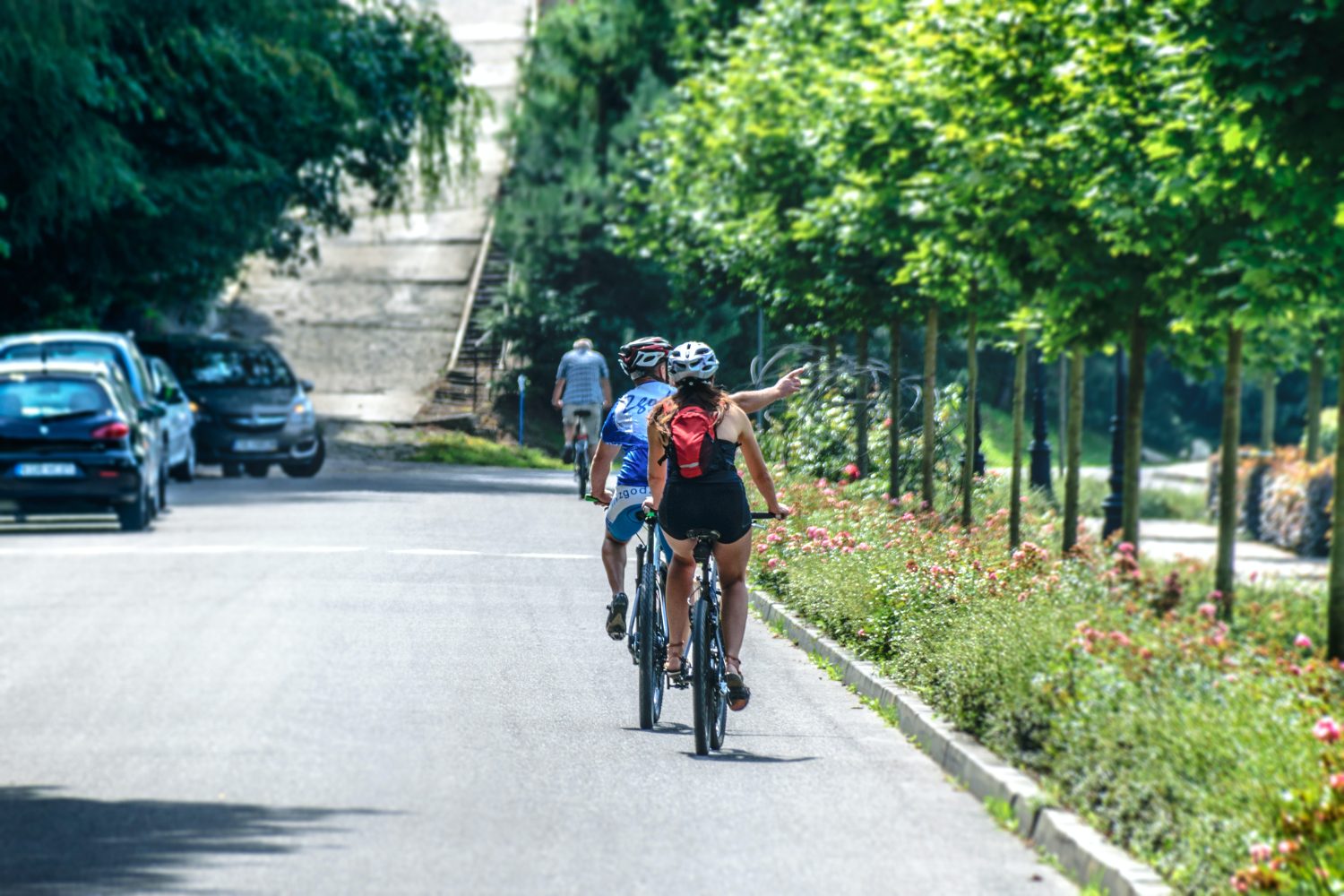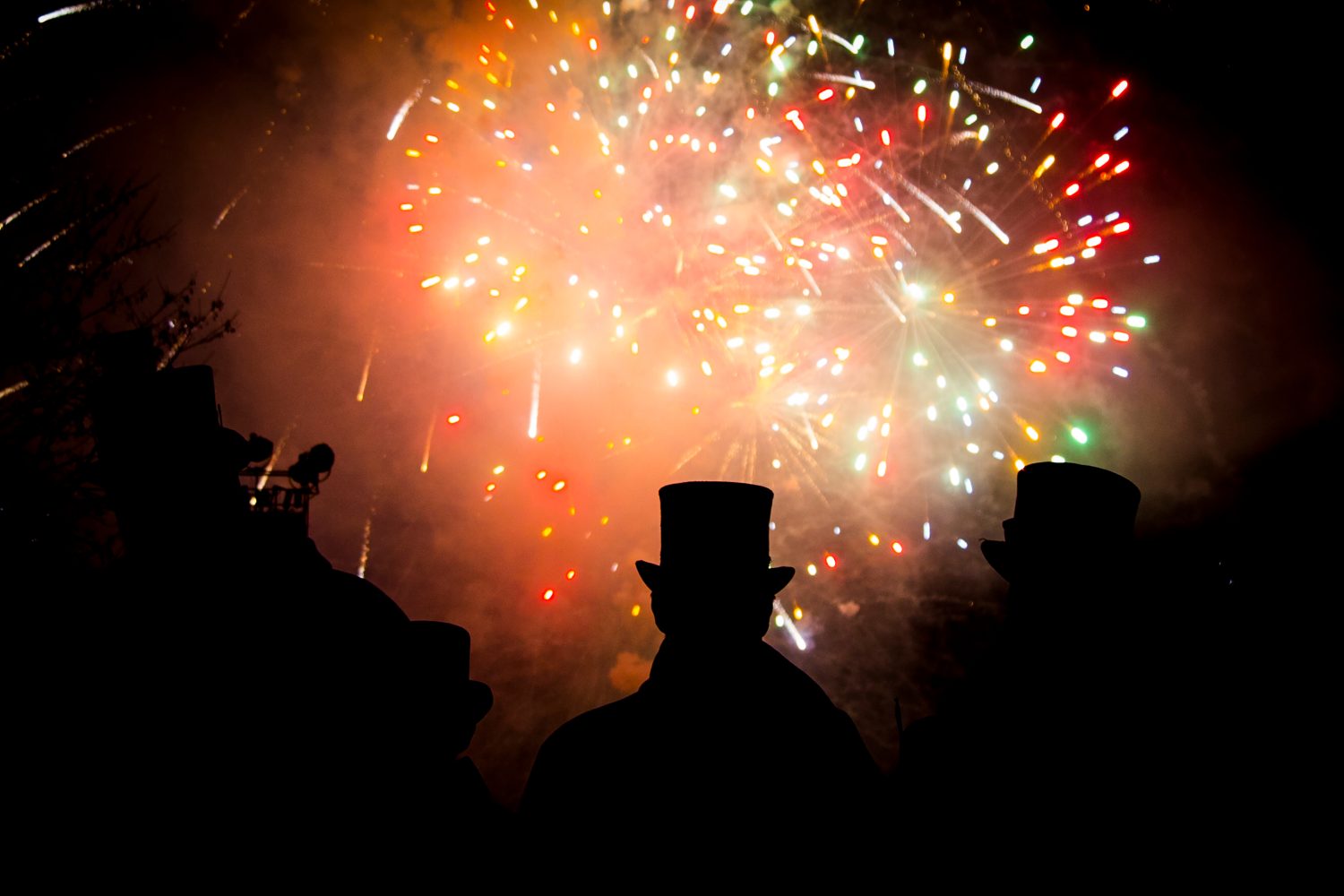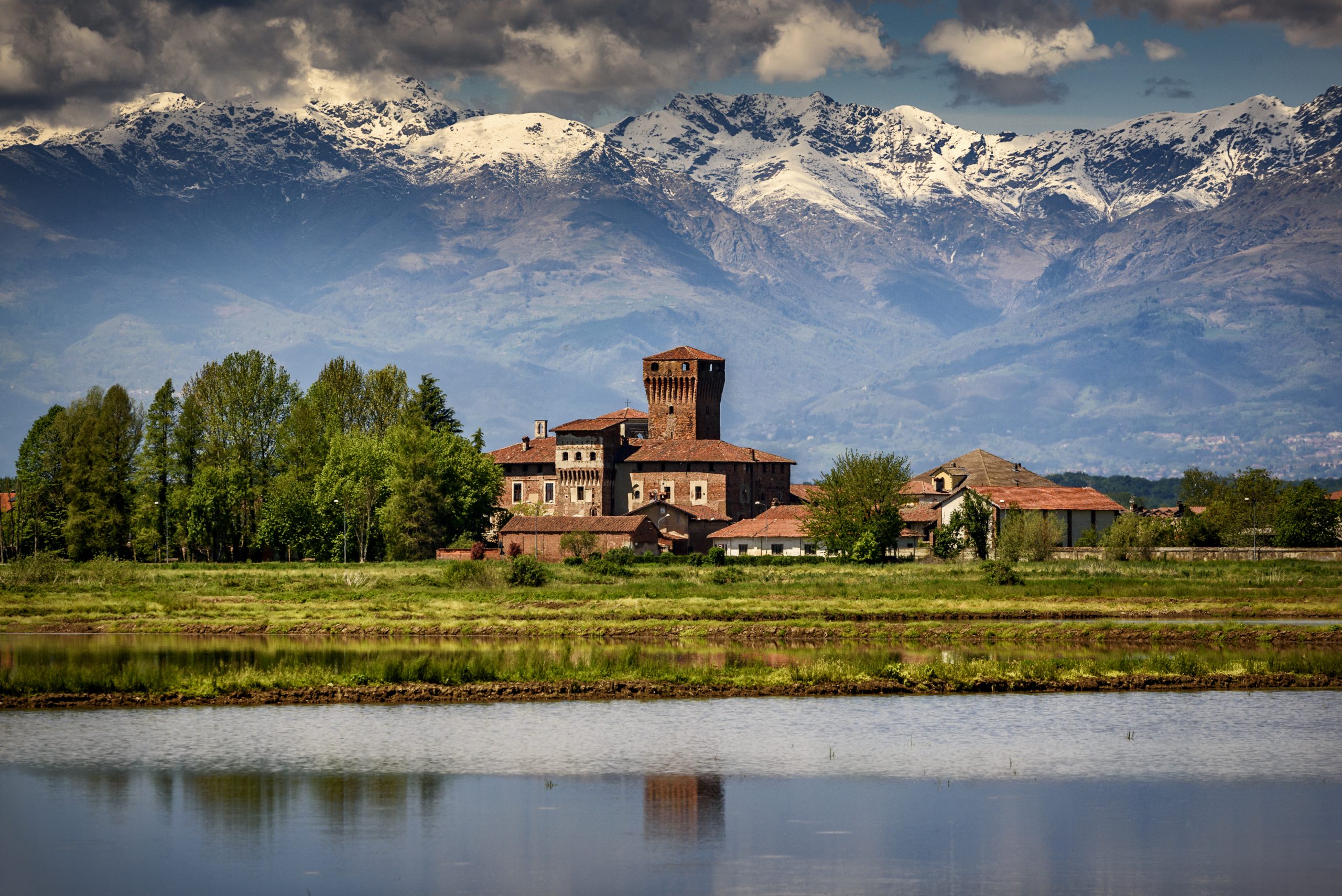
The Vercelli castles
sites of charm and history
Legends, mysteries, stories of ancient families and precious artistic treasures. The Vercelli region is dotted with marvellous castles set in a unique landscape.
Trova l’esperienza
più adatta a te
Villata Castle
Description:
The Castle, built outside the urban center, was probably built between the thirteenth and fifteenth centuries.
It has a quadrilateral shape, and several times it underwent structural interventions. It featured a wide moat and a drawbridge. A cylindrical tower rises from the fifteenth-century tower on which a bell was placed.
Vettignè Castle – Santhià
Description:
It is believed that this Castle was built at the beginning of the fifteenth century near the Elvo stream. It has many similarities with the manor of San Genuario di Crescentino. In fact, it has a similar shape, with a protruding section and the presence of merlons and drains.
The Castle features a rectangular shape with a circular tower and a square corner one. At the center of the defensive structure, there were a mill, a moat, and a drawbridge.
Over the centuries, the Castle has been renovated several times. The last interventions took place in the nineteenth century and gradually lost its defensive characteristics to become an agricultural residence, thanks to the new land dedicated to rice cultivation.
Salasco Castle
Description:
It is believed that this Castle was built between the fifteenth and sixteenth century, certainly for the defense and shelter of men, animals, and agricultural products, without serving a military role.
Several structural interventions have occurred since its fortification, and today it is possible to see three sleeve bodies and four circular lateral towers, with a large park that extends from the inner courtyard.
Rovasenda Castle
Description:
The date of the beginning of the construction works for this Castle is known: 1170. Built for military and defensive purposes, it was later transformed into a noble residence and subsequently into an agricultural and economic center.
Several expansions were made over the centuries. One of them was the construction of a 48-meter-high tower (one of the highest buildings in the province) shortly after the middle of the fifteenth century. The tower was subsequently damaged by lightning at the beginning of 1700 and repaired a little more than two centuries later.
Quinto Vercellese Castle
Description:
Located where it could monitor all the roads to the north and northwest, this Castle was probably involved in the struggles between Guelphs and Ghibellines and was burned and devastated at least three times over the centuries, until the beginning of the eighteenth century when, with the peace achieved, people were able to dedicate themselves to agriculture.
The first documents proving its existence date back to the fourteenth century. Even today, the walls are imposing: the Castle had a rectangular plan and of four rounded corner towers. There are still three standing plus a quadrangular one (used as a residence), the drawbridge, and the moat.
Prarolo Castle
Description:
Built in an unspecified period by the Benedictine monks of Santo Stefano, the building is only half complete. In fact, only the western portion is visible and in good condition. A third independent quadrangular tower is surmounted by two pointed turrets.
Since the structure was mainly agricultural and defensive and not military, Federico Borromeo in the sixteenth century encouraged the channeling of water and the reclamation of marshes.
It is interesting to note that the cultivation of rice was only allowed in places suited to the geological conformation, and it was forbidden to transform the meadows into rice fields in order to safeguard the vineyards and mulberry trees for the cultivation of silkworms.
Montonero Castle
Description:
It is a rural castle of which evidence exists still in the fourteenth century. Under the Cistercian monks, it became a grange, a center of agricultural management. It was used as a refuge and shelter for tools, men, animals, and agricultural products, but also to manage the local assets and rents. For this reason, it was necessary a defensive fortification.
Historical references of the sixteenth century tell of the presence, in addition to the Castle, also of mills, houses, roads, and farms from which it is possible to assume that the cultivation of grains and rice was an ongoing activity. The original agricultural role never changed over the centuries, but the Castle has been renovated several times.
Moncrivello Castle
Description:
Built in a dominant position with a view that spans up to Novara and the Canavese area, this Castle was first mentioned in the thirteenth century, but it is assumed that the fortification existed since the early Middle Ages.
During the sixteenth century, it was under the rule of the Savoy family. The military role it had was essential in the seventeenth century, but subsequently, it was used exclusively for residential purposes.
Unfortunately, a series of fires in the early nineteenth century destroyed the Castle. However, its subsequent restorations, the last started in 1972, brought it back to its original splendor.
Today it overlooks the plain, and the double circle of walls proves its role of domination, control, and defense of the territory and features an ancient central core connected to two towers.
Lenta Castle
Description:
A rare example of a fortified monastery, this Castle was home to the Benedictine Monastery of St. Peter until 1572, the year of the beginning of its decline as a defensive structure.
The first mention of the Castle dates back to the end of the twelfth century and its structure, similar to that of a ricetto (fortified refuge), surrounded not only the monastery but also part of the village. The relationship between the population of Lenta and the nuns was not always the best and was marked by disputes.
The Castle still features an imposing appearance that reminds of its original role as a center of defense and power. Evidence of the latter is offered by the many frescoes that still exist, even if in poor conditions.
Desana Castle
Description:
Built in the fourteenth century in a strategic location between the town of Vercelli and the Marquisate of Monferrato, it boasts the typical structure of a castle of the plains: quadrangular with cylindrical towers on the sides. It was mainly owned by the Tizzoni family that surrounded it with a park, a fishpond, and beautiful gardens. Today, there is still a trace of the moat that surrounded it and the entire village.
Until 1676, a flourishing mint was active within the walls, which minted authentic and fake coins. In the second half of the nineteenth century, the Castle was rebuilt, maintaining the original plan but changing the elevations.
San Genuario Castle
Description:
The construction of the Castle is linked to the Tizzoni Ghibelline family of Vercelli that, with the permission of the Pope, built the building in the fifteenth century to defend the Benedictine monastery located there as well as the local population and crops.
The area, besides being in a strategic location, was also economically flourishing: the monks, in fact, reclaimed the marshy lands to turn them into agricultural areas, raised livestock, and built mills, ovens, and ferries on the Po River.
Since the Castle was a noble residence and was never involved in war activities, the structure that exists today is still intact: it has Renaissance features, a protruding section on all sides and, joined to the fortress by a connecting wall is a cylindrical tower
Collobiano Castle
Description:
It is believed that already at the beginning of the twelfth century, there was a fortified structure here, later evolved into a traditional Vercelli castle structure typical of the plains. Today traces of the fourteenth-century renovations and a later one are still visible. The oldest section, a castle-fortress with an entrance tower and town walls, was transformed into a fortified building with four corner towers and the superelevation of the town walls and entrance tower. Today, in addition to the latter, two corner towers are still standing, one of which is octagonal.
Between the twelfth and thirteenth centuries, Collobiano was one of the most important Guelph strongholds in the Vercelli area and, because of its strategic position, between the sixteenth and seventeenth century, it was involved in the wars between the Savoy, France, and Spain. Until 1704, it was used for military purposes, but effective from 1713, it took on an agricultural role.
Casanova Elvo Castle
Description:
It seems that the Castle was not built to control a strategic area but to preserve the products of the harvest. There is no evidence today of the original Castle that existed at the end of the twelfth century, while of the visible building there are two historical stages: the first dating back to the thirteenth century; the second dating back to the fifteenth century and represented by a superelevation intervention.
The quadrangular building with a large internal courtyard, a fifteenth-century entrance tower, and, not far away, the ruins of an ancient fortification with a partial cylindrical tower (it seems, in fact, that in the fifteenth century there were three castles) are still visible.
Buronzo Castle
Description:
Buronzo, located in an ideal position for strategic control over the surrounding area, began to build its Castle in the thirteenth century. A particular type of Castle, rare in the Vercelli area, was built: a group of medieval fortified houses whose defense was guaranteed by the garrisons present in each of them. The structure was renovated several times.
Over the centuries, the Buronzo families faced many crises and wars, but already in the seventeenth century the Castle had lost its military role.
Balocco Castle
Description:
The origin of the Castle is documented since the twelfth century, but it was destroyed and rebuilt several times over the centuries, the last time at the beginning of the fifteenth century when a quadrangular plan with four towers on the sides was chosen and the entrance elevated (the traditional shape of a plain castle).
Today, it is still a quadrangular building with the ruins of the entrance tower and the ones of two other towers to the north.
The seigniory that held power for the longest time was that of the Confalonieri, who gave a boost to local agriculture starting especially from the fifteenth century with the creation of the Roggia di Balocco, generated by the Cervo River, essential for the agricultural activity. With the irrigation ditch, a mill was built for all the inhabitants, who were facilitated in grinding their grains in their area without the need to go elsewhere.
Albano Vercellese Castle
Description:
A castle with a rich and eventful history of jurisdictions, the current appearance has its origin in the fifteenth century, but it was built on a previous construction on which experts are still divided: on the one hand, it is assumed that the original building was a ricetto (a small, fortified refuge), on the other hand, it is thought that it was built on top of another castle.
The original plan was traditional, with corner towers and a central keep, but from the seventeenth century, it was renovated several times. In fact, it is possible to see the many interventions on the structure. Sources still mention that in the seventeenth century, there was a moat 12 meters wide, proving the imposing nature of the ancient fortress.
The Arborio family of Gattinara transformed the Castle into a noble residence, but today only one tower still stands. Starting from the thirteenth century, with two irrigation ditches derived from the Sesia River, agriculture became the feud’s main resource and, when the canal system was strengthened in the eighteenth century, it gradually became a rice-growing area.
